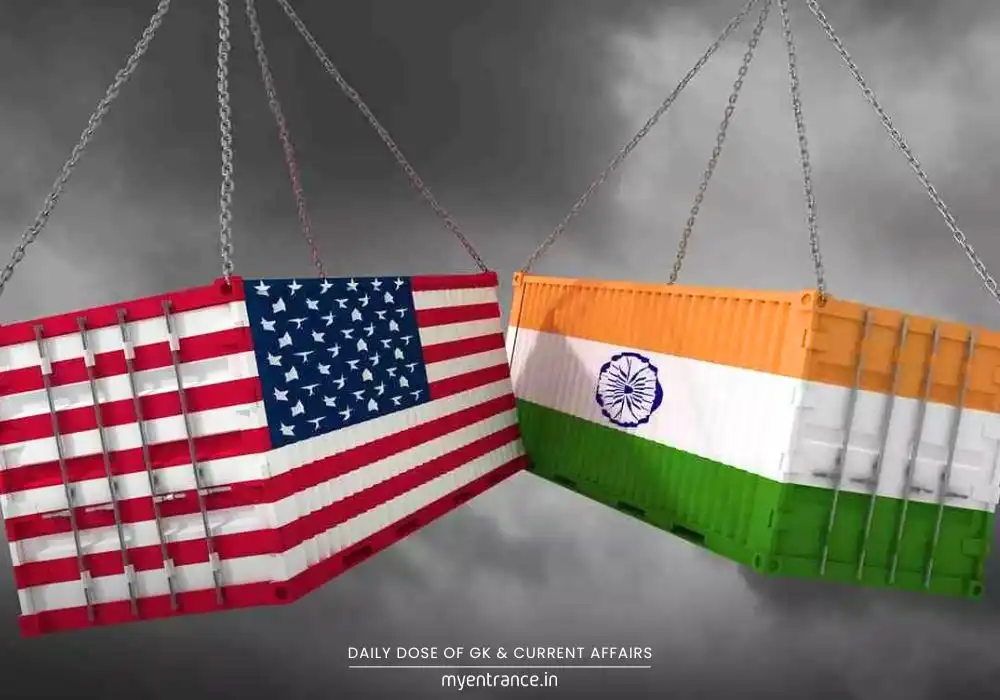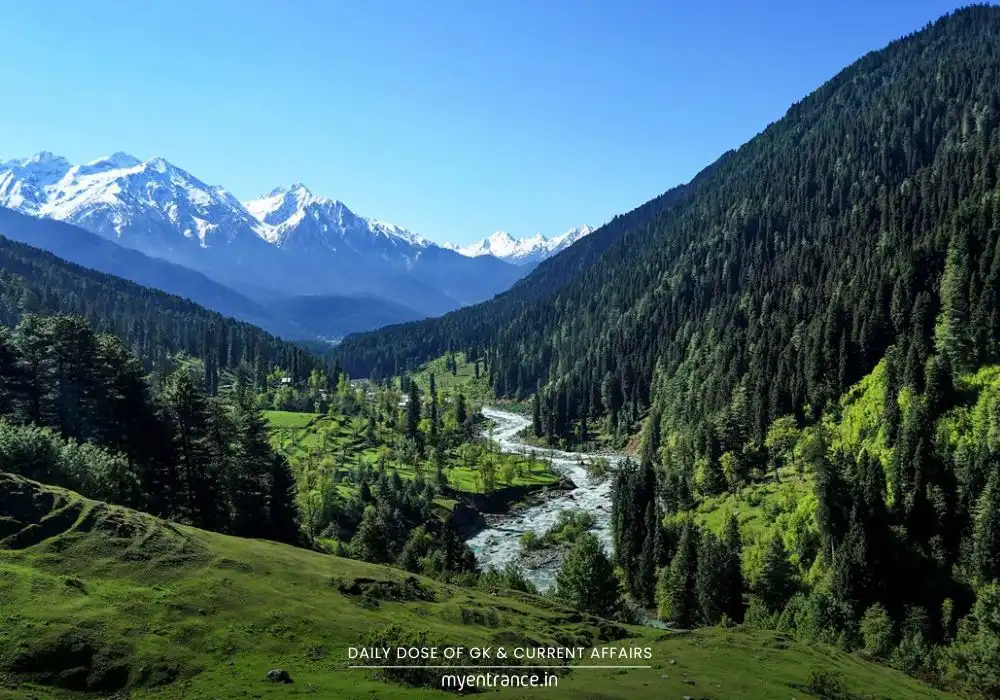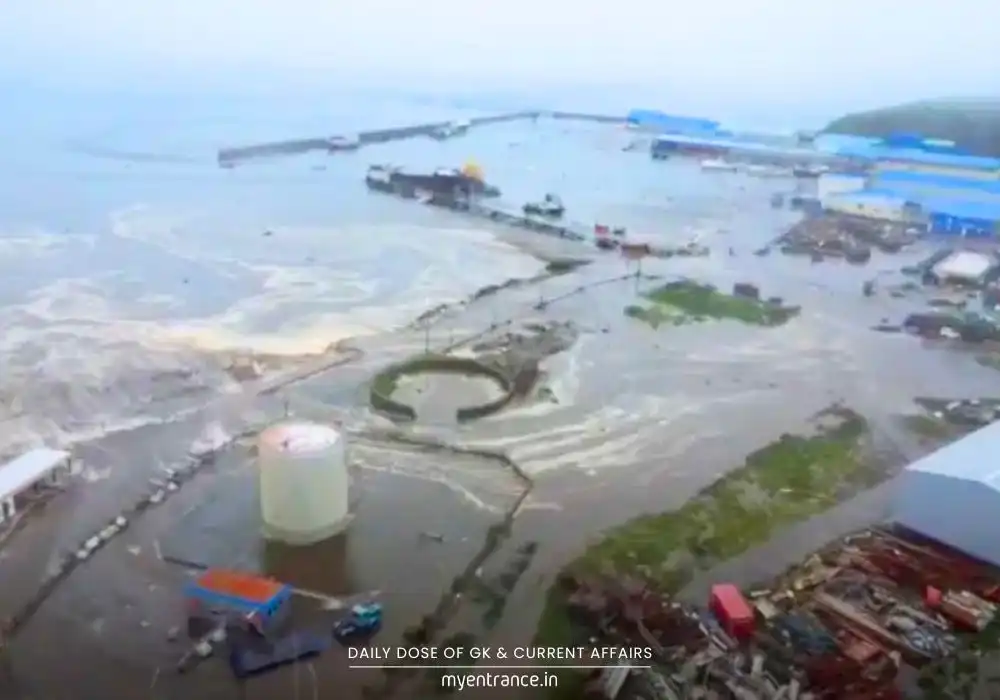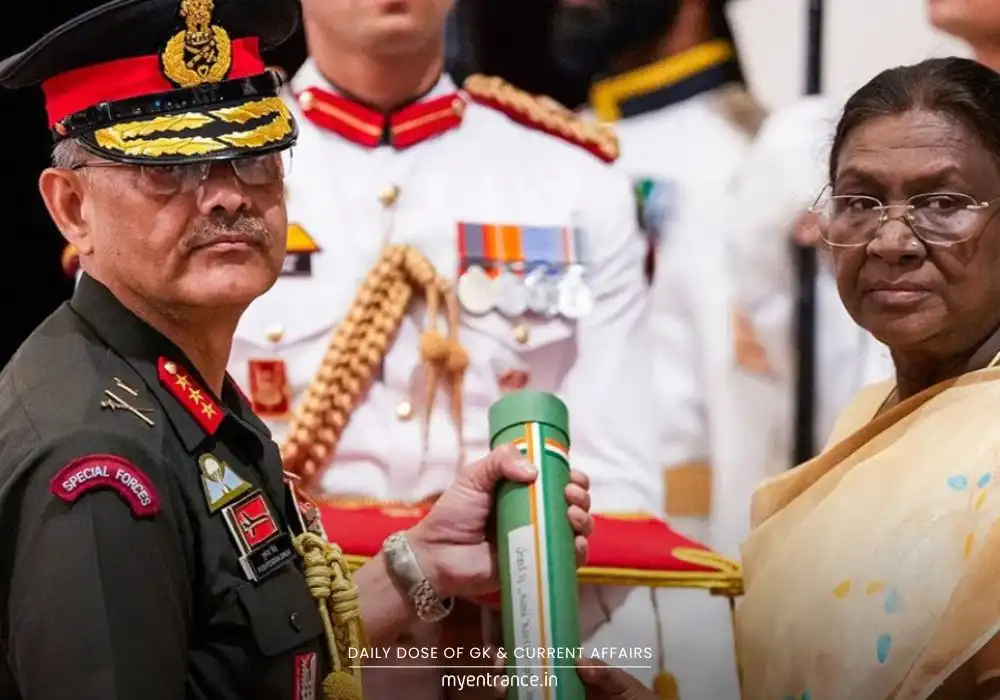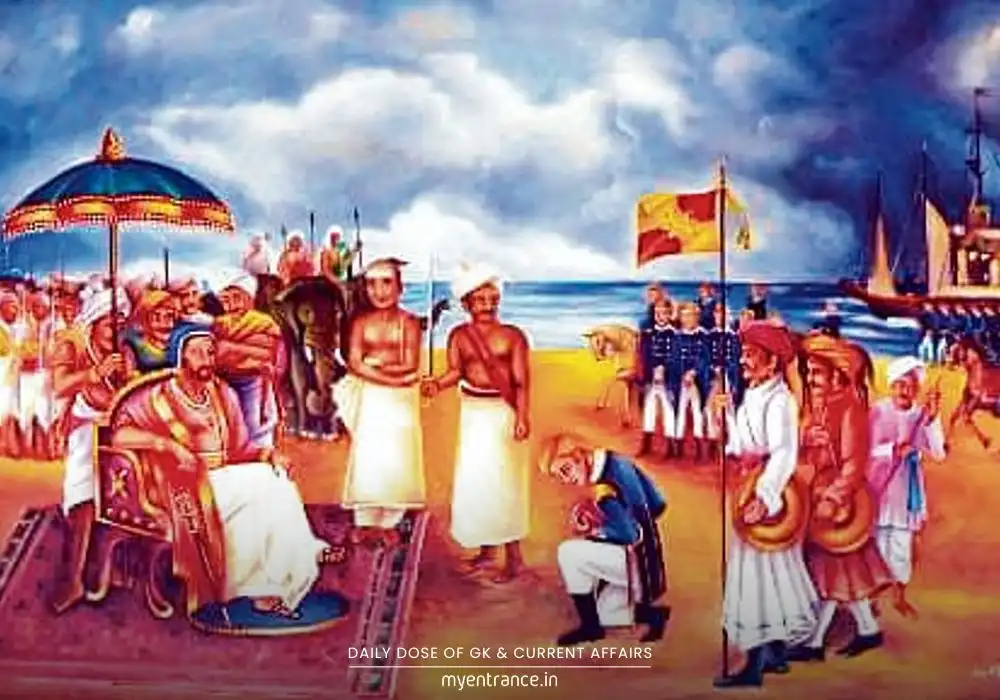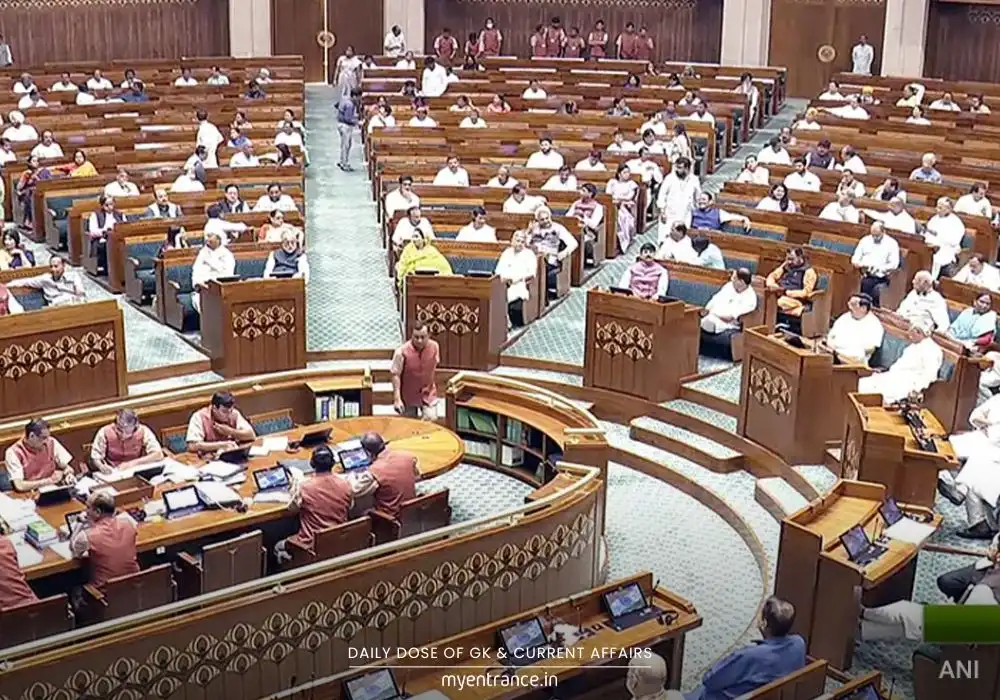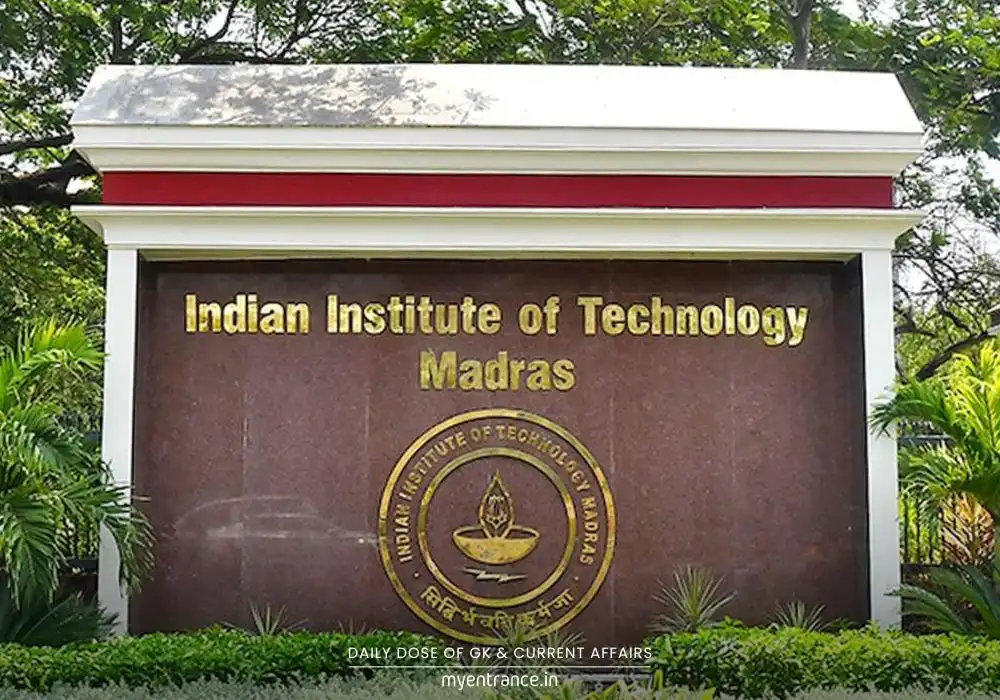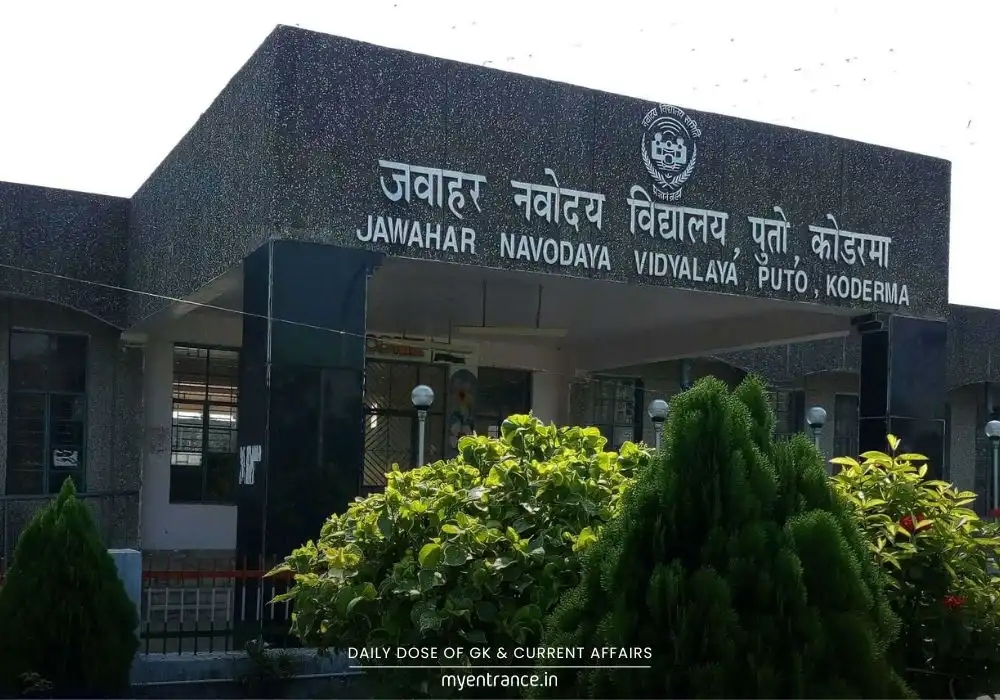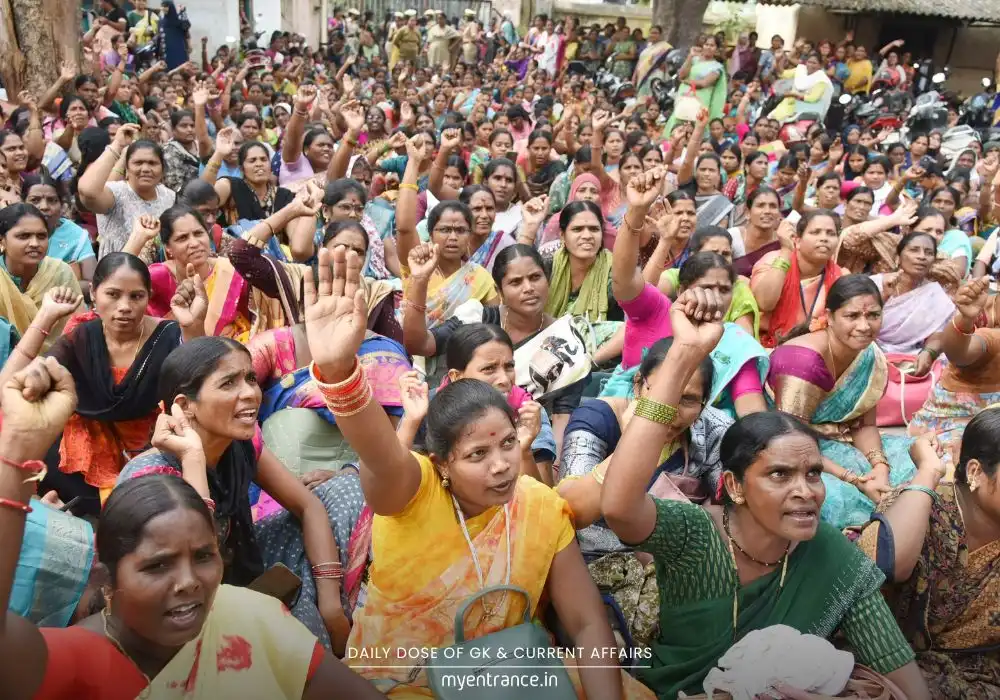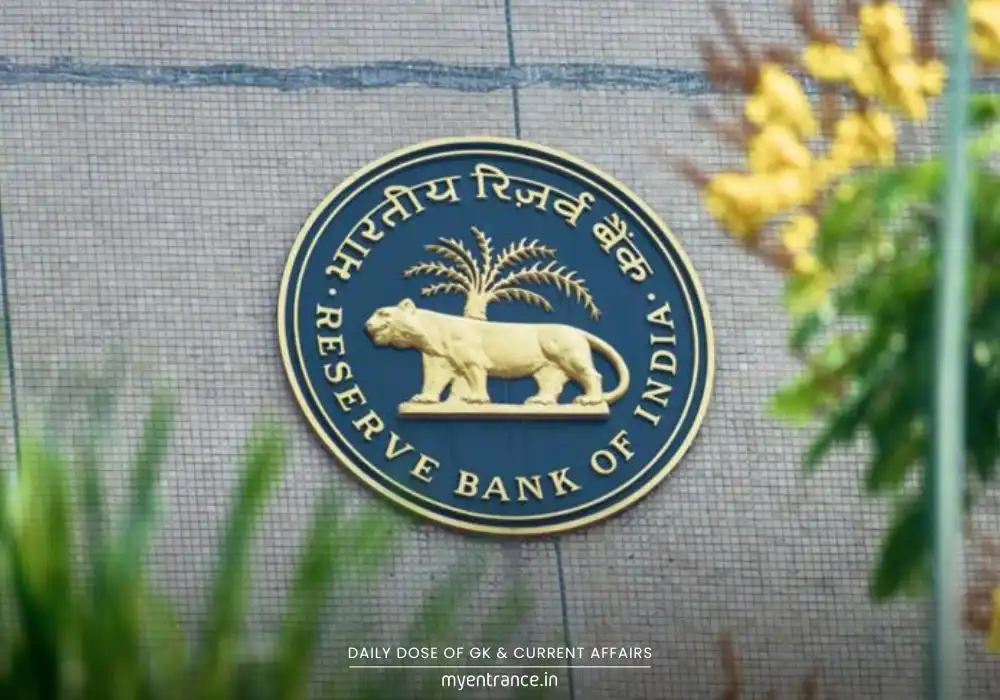Translate Language
Kargil War 1999: Untangling Pakistan’s Reckless Gamble & Lessons for India
The Kargil War remains a pivotal chapter in modern Indian history, testing nuclear deterrence and military strategy. This analysis unravels Pakistan’s miscalculations, India’s diplomatic victory, and enduring geopolitical lessons. For competitive exams, it’s a blueprint for understanding conflict resolution and national security dynamics.
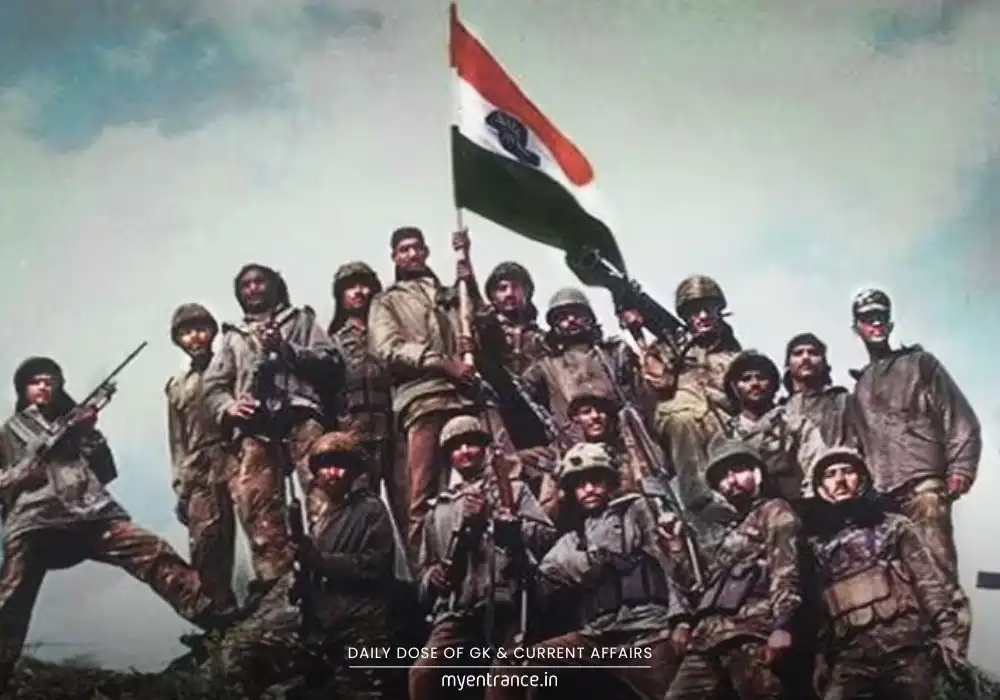
The Incursion & India’s Response
In early 1999, Pakistan’s Northern Light Infantry exploited winter-vacated posts along the LoC, occupying Kargil’s strategic heights. Masked as “Kashmiri militants,” this was a covert military op approved by Pakistan’s Army Chief Pervez Musharraf. When India discovered the intrusion post-snowmelt, Operation Vijay was launched—a brutal two-month campaign involving air strikes (like Operation Safed Sagar) and high-altitude infantry assaults. Despite Pakistan’s nuclear brinkmanship, India reclaimed territories like Tololing and Tiger Hill through tactical brilliance and international diplomacy.
Why Pakistan Gambled: The Realism Lens
Security Paranoia: After losing East Pakistan (1971), Pakistan viewed India’s economic/military growth as an existential threat. Nuclear tests (1998) fueled the stability-instability paradox—believing nukes would limit India’s response to small-scale aggression.
Diversionary Tactics: Pakistan’s military aimed to sabotage the Lahore Peace Process, undermine PM Nawaz Sharif’s civilian government, and globalize Kashmir. Musharraf bypassed Sharif, revealing deep civil-military dysfunction.
Identity Politics & Narrative Failure
Pakistan framed Kargil as a “freedom struggle” by Kashmiri mujahideen, invoking Partition-era ideology. Yet, evidence (captured soldiers, satellite intel) exposed state-sponsored aggression. The world rejected this narrative—even allies like China/Saudi Arabia stayed neutral, while the US forced Pakistan’s withdrawal after Sharif-Clinton talks.
Costs & Lessons
Pakistan’s Blunders: Faulty nuclear deterrence assumptions, poor exit planning, and diplomatic isolation.
India’s Takeaways: Intelligence gaps need fixing, but swift diplomacy (global backing) and calibrated force proved decisive.
Universal Insight: Nuclear powers can fight limited wars if one side misreads red lines.
Why This Matters for Exams (SSC/UPSC/PSC/KAS)
GS Paper III: Security challenges (terrorism, border management).
International Relations: Nuclear deterrence, realism theory, India-Pakistan conflicts.
Essays: “Lessons from Kargil,” “Civil-Military Relations,” or “Diplomacy in Modern Warfare.”
Current Links: Relevance to Kashmir, cross-border terrorism, and nuclear escalation risks today.
Exam-Style Q&As
Q1: What was the stability-instability paradox in the Kargil context?
Ans: Pakistan assumed nuclear deterrence would prevent full-scale war, allowing limited aggression (e.g., seizing Kargil heights) without triggering nuclear retaliation. India’s conventional response proved this flawed.
Q2: How did civil-military relations in Pakistan influence the Kargil operation?
Ans: General Musharraf excluded PM Nawaz Sharif from planning, reflecting the military’s dominance in security decisions. Post-failure, Musharraf ousted Sharif in a coup.
Q3: Why did Pakistan’s “freedom struggle” narrative fail internationally during Kargil?
Ans: Evidence showed intruders were Pakistan Army regulars (not militants). The US, UN, and allies condemned it as aggression, forcing withdrawal.
Q4: Name one strategic lesson from Kargil for nuclear-armed states.
Ans: Nuclear weapons don’t enable reckless adventurism—miscalculating an adversary’s response (as Pakistan did) can lead to costly defeats.
Q5: What role did Operation Safed Sagar play in Kargil?
Ans: It marked the Indian Air Force’s first combat use at high altitudes, providing critical air support to ground troops for recapturing key peaks.
Get 3 Months Free Access for SSC, PSC, NIFT & NID
Boost your exam prep!
Use offer code WELCOME28 to get 3 months free subscription. Start preparing today!

